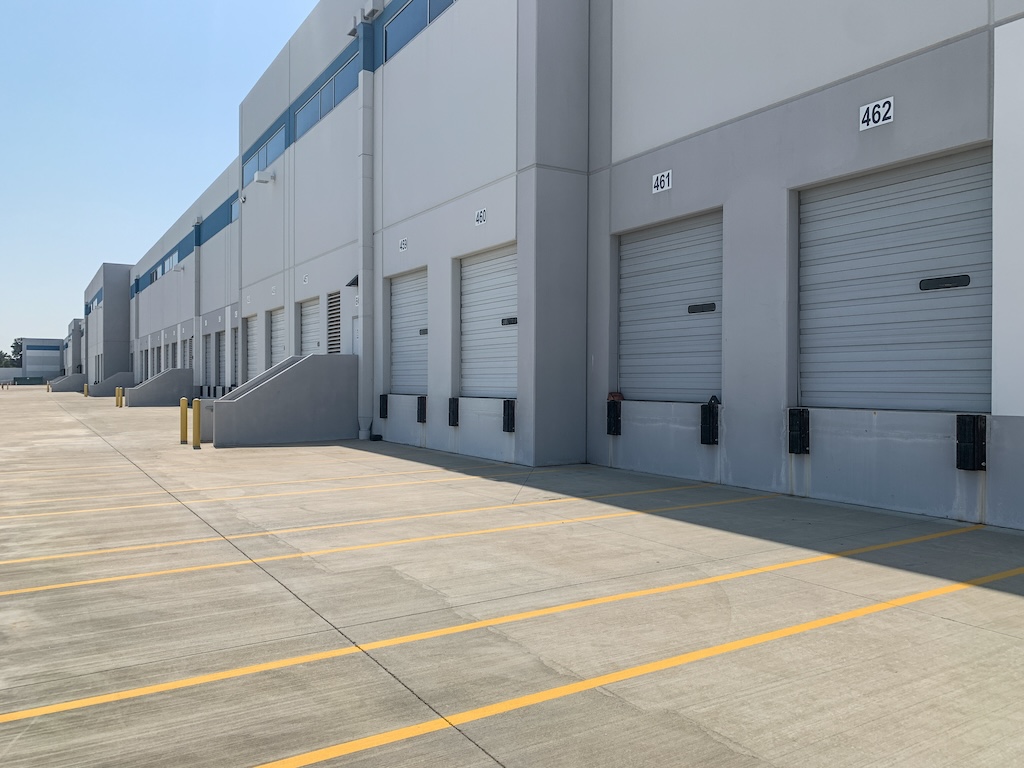Painting large spaces, such as warehouses or spacious commercial buildings, can be a daunting and expensive task. However, with the right techniques, it is possible to achieve a professional finish without breaking the bank. This blog explores cost-effective painting strategies for large areas, including economical purchasing, application methods, and minimizing waste. By optimizing these strategies, one can ensure a balance between quality and budget. Moreover, implementing sustainable practices in painting projects not only reduces costs but also contributes to environmental responsibility, aligning with modern business values and regulations.
Efficient Planning and Preparation
The key to cost-effective painting lies in thorough planning. Before starting, it’s crucial to measure the space accurately to purchase the right amount of paint – neither too little nor too much. Preparing the surface properly by cleaning and priming ensures that the paint adheres better and lasts longer, reducing the need for frequent touch-ups. Moreover, utilizing the right tools and techniques during preparation can streamline the painting process, making it more efficient and cost-effective. Taking the time to address any structural issues, such as cracks or holes, before painting can prevent future problems and additional expenses down the line.
Choosing the Right Paint
Selecting the right type of paint can significantly impact the cost. High-quality paint might seem expensive upfront but can be more cost-effective in the long run due to its durability and better coverage. Additionally, using paint with built-in primer can save both time and money. It’s also beneficial to consider the paint’s ability to cover existing colors and surfaces, as this can reduce the number of coats needed and further drive down costs. Exploring eco-friendly paint options not only benefits the environment but can also qualify for certain tax incentives or rebates, providing additional savings.
Economical Application Methods
When painting large spaces, the method of application can make a difference. Using rollers or sprayers can be more efficient than brushes for covering large areas. Sprayers, in particular, offer fast and even coverage, although they require some skill to operate effectively. It is also important to choose the right size and type of rollers to ensure that paint is applied uniformly, which can significantly speed up the process and reduce labor costs. Investing in quality equipment, such as professional-grade sprayers or extendable rollers, can yield better results and reduce the need for costly rework.
Minimizing Waste
To minimize waste, mix all the paint needed for a project in one large container. This ensures a consistent color throughout and reduces the likelihood of leftover paint. Reusing rollers, brushes, and other materials where possible can also help in cutting costs. Careful calculation and efficient use of paint can further prevent the unnecessary expense of excess materials. Additionally, donating leftover paint to community projects or organizations can not only reduce waste but also provide a tax deduction in some cases, offering both environmental and financial benefits.
Effective Color Choices
Opting for a single color or a limited color palette can be more economical than using multiple colors. It simplifies the process and reduces the need for multiple batches of paint. Lighter colors can also help in reducing the number of coats required, particularly if painting over a darker color. Strategic color selection can not only save money but also enhance the space’s overall appearance by maximizing the feeling of light and openness. Considering the psychological effects of color on productivity and mood can guide color choices, ensuring a space that is not only cost-effective but also conducive to its intended use.
Utilizing Professionals
While DIY can be tempting, sometimes hiring professionals can be more cost-effective, especially for very large spaces. Professionals can complete the job faster and with fewer mistakes, which can save money in the long run. Their expertise often leads to more efficient use of materials and time, which can offset the cost of hiring experienced painters. Moreover, reputable painting contractors may offer warranties or guarantees on their work, providing added peace of mind and protection against unexpected expenses. Working closely with professionals from the planning stage onward can ensure a smooth and cost-effective painting process from start to finish.
Final Thoughts
Painting large spaces doesn’t have to be prohibitively expensive. With careful planning, the right choice of materials, efficient application methods, and smart color choices, it is possible to achieve a great finish in a cost-effective manner. Investing time in the initial planning stages and choosing quality materials can result in a painting project that is both economical and professional, providing lasting value to the space. Regular maintenance and upkeep, such as periodic cleaning and touch-ups, can extend the lifespan of the paint job and minimize future expenses, ensuring ongoing cost-effectiveness and satisfaction with the results. For more painting tips and expert advice, visit our website at sisupainting.com and our blog at sisupainting.com/blog.





No comment